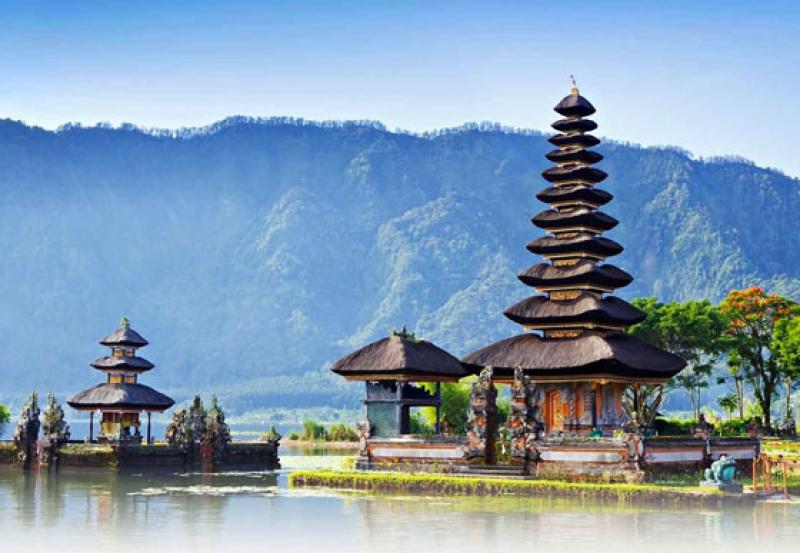
A Cultural Balinese Adventure
By Josh Hill
Balinese culture is unique. An affinity for the artistic, a deeply religious outlook and intriguing yet traditional values ensures that visitors will be met with so much more than white sand beaches and gorgeous sunsets.
Dance
Balinese dance is dynamic, expressive and artistic. It is also governed by ancient traditions and spirituality. Balinese dances express a religious story through ‘dance-drama’, using delicate yet precise bodily gestures, though it is particularly characterised by hand movements.
Dances are usually performed during religious festivals in temples and dances connected to Hindu rituals have an extremely specific function; the Sanghyang Dedari dance for example, is thought to be used as a channel for visiting spirits that possess the dancers during the performance. There is much variety in dance forms and styles, but one of the most well-known is the Barong dance that tells the myth of Rangda the demon queen and the beast Barong; a battle between good and evil forces, the climactic confrontation and Barong’s triumph represents the restoration of celestial order. Some Balinese dances have no religious origins and were instead choreographed for social purposes, such as the Panyembrama welcoming dance that is performed for guests of honour.
Art
Art is omnipresent in Bali. With significant religious roots, each village has its own distinct artistic style. One of the most well-known styles of Balinese art is Kamasan classical painting, also known as the Wayang style. With origins in 9th Century Japanese sculpture, classical art features rich floral design and mountain motifs; this style was developed in the small village of Kamasan for which it was named, and prior to the 1920s, art was very much restricted to this style.
Personal expression was very limited, as artists had to follow strict religious and aesthetic guidelines; however, the arrival of western influences (and new materials such as imported paint) in the 19th Century led to a period of experimentation, allowing artists to develop individual styles. Since the late 20th Century, Ubud and its neighbouring villages have been considered to be the centre of Balinese art. The Ubud style is extremely expressive, with an emphasis placed on perspective, attention to detail and highly stylised figures.
Cuisine
Balinese cuisine blends indigenous traditions with other Asian influences, such as Chinese and Indian. Rice is considered to be the staple of most dishes as an accompaniment to vegetables, seafood and meats such as pork and chicken. However, like many other Hindu nations, beef is very rarely consumed. Everyday meals are simple and dining out or eating as group is not usually a normal custom for the Balinese; in fact, many of the locals will prefer to snack throughout the day, rather than eat a large meal. However, attitudes towards food radically differ during festival time.
As extremely special occasions, festivals inspire the Balinese to treat cooking and eating differently. Food is prepared in an elaborate and decorative manner and is eaten communally. Popular festival dishes include suckling pig, satay and turmeric flavoured sticky rice. Festival banquets are an explosion of colour and aroma, providing the perfect way to experience the authentic flavours and tastes of Bali.
Share this article:




















